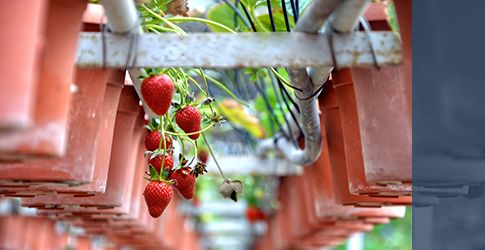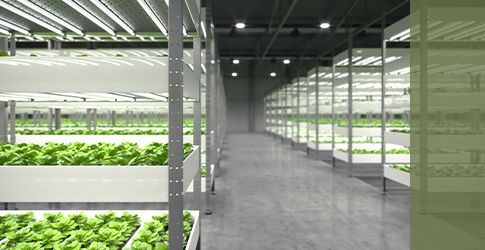Acceptance and Standards
Acceptance and Standards
Acceptance And Standards
AirROS purifiers use electricity which we convert to High-Voltage, High-Frequency and by controlled pulses creates ROS (Reactive Oxygen Species). The ROS created are highly reactive and are responsible for the sanitation and destruction of molds, viruses, pathogens, and odors. See our "How it Works" page for more information.
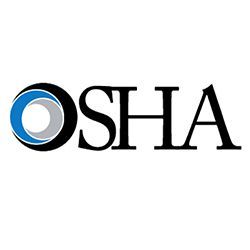
OSHA
- Natural ground-level concentrations of Ozone (O3) are typically 0.030ppm to 0.070ppm and may be higher than 0.100ppm in urban areas.
- OSHA 24 hour average exposure limit 0.050ppm
- OSHA 8 hour average exposure limit 0.100ppm
- OSHA Short-term exposure limit 0.300ppm
- AirROS equipment is effective as a disinfectant and sterilizing agent at levels of 50% or below of that specified by OSHA for 24-hour exposure levels.
- With the integration of the Environmental monitoring package, the purifiers can operate at controlled levels well below the thresholds dictated by OSHA.
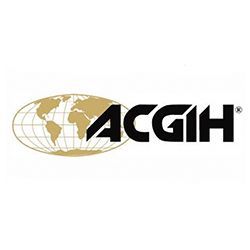
ACGIH
Ozone Heavy Work Limit 0.050ppm
Ozone Light Work Limit 0.100ppm
Ozone Moderate Work Limit 0.080ppm
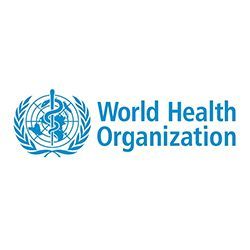
WHO
Ozone 8 hour mean daily max 0.050ppm

FDA
FDA issued (June 26, 2001) a GRAS (Generally Regarded As Safe) statement as to the use and application of ozone in food processing.

EPA
EPA has standards for assuring that any equipment being sold as an Ozone generator for use in the food processing arena have an EPA Establishment Number and that the entity files an annual report disclosing manufacturing and marketing of products in the U.S. and elsewhere.
Each piece of equipment bears the applicable EPA Establishment Number based on the physical site where the purifier was manufactured.
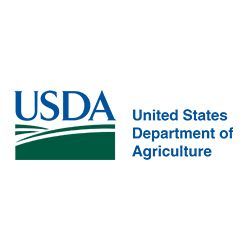
USDA
USDA followed the FDA publication in December 2001 with its own regulation allowing for uses in meats and poultry.
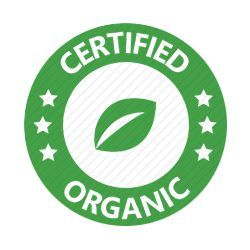
Organically Approved
The AirROS purifiers meet all organically approved regulations.
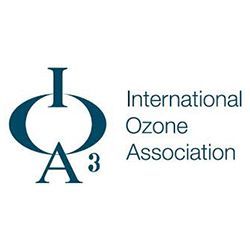
International Ozone Association
0.001 ppm
- Lowest value detectable by hypersensitive humans.
- Too low to measure accurately with elaborate electronic equipment.
- 0.003 ppm
- Threshold of odor perception in laboratory environment, 50% confidence level.
- 0.003 ppm to 0.010 ppm
- The threshold of odor perception by the average person in clean air. Readily detectable by most normal persons.
People may smell ozone from AirROS –even at very safe levels
Get In Touch!
Fill out the form below or give us a call!

